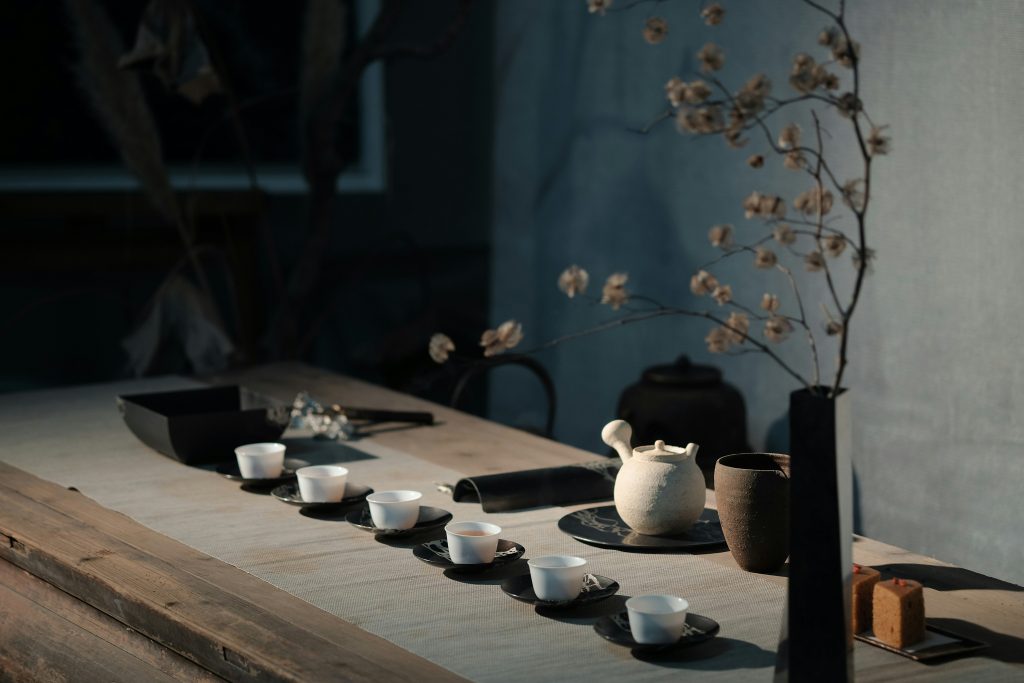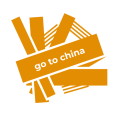
Traveling in China isn’t just about sightseeing – it’s also a chance to slow down and experience the everyday rituals that millions of Chinese people enjoy. Unique Chinese experiences from soothing foot massages to steamy bathhouses and tranquil teahouses you can’t find anywhere else, China offers a wealth of relaxation traditions deeply rooted in culture and traditional medicine. In this friendly guide, we introduce seven popular Chinese relaxation experiences. We’ll explain what each one is, the idea behind it, what to expect during a session, the benefits you might feel, and where you can try it. Get ready to unwind like a local and discover the heartwarming comfort – of Chinese relaxation practices.
1. Foot Massage – Happy Feet, Happy Travel
Foot massage (足疗 zúliáo), often called foot reflexology, is an incredibly popular pastime in China. It usually involves soaking your feet in warm herbal water, exfoliating or scrubbing the soles, and then a thorough massage of the feet and lower legs. This is not just a simple foot rub – it’s a blend of relaxation and traditional Chinese medicine theory focused on the feet.
2. Traditional Chinese Massage (Tui Na 推拿) – Healing Hands
What It Is: Tui na (pronounced “twee-nah”) is the traditional Chinese style of body massage. Unlike a gentle Swedish spa massage, tui na is a more vigorous, therapeutic massage therapy that involves pressing, kneading, stretching, and percussion on the body. The name literally means “push and grasp” – hinting at the technique involved. It can be done for general relaxation, but many people use tui na to address specific aches and pains or even chronic health issues.
3. Bathhouses – Soak, Scrub and Socialize
Bathhouses (澡堂 zǎotáng or 洗浴中心 xǐyù zhōngxīn) are public bathing facilities that are part spa, part community center. Think of a bathhouse as a combination of sauna, hot tub, massage parlor, and lounge, all in one. In China, especially in the north, people frequent bathhouses to get clean, but also to hang out, have fun, and even grab a meal. It’s a whole culture of communal relaxation. Bathhouses range from old-school neighborhood bath halls to huge modern complexes that resemble mini-resorts.
4. Ear Cleaning – The Oddly Satisfying Sichuan Treat
Ever had someone professionally clean your ears? In China – especially in Sichuan province – ear cleaning is a popular relaxation service, almost an art form. Using specialized tools like tiny scoops, picks, and even tuning forks, an ear cleaner (掏耳朵师傅 tāo ěrduo shīfu) will gently remove earwax and stimulate the ear canal. It’s often found as a standalone street service or more commonly as an add-on in teahouses and spas. While it might sound a bit strange, many locals absolutely adore it and find it as relaxing as a head massage.
5. Cupping (báguàn) – Marks of Good Health
Cupping is a classic traditional Chinese therapy where small cups are suctioned onto the skin to improve circulation and “draw out toxins.” If you’ve ever seen athletes or celebrities with round bruise-like marks on their backs, that’s from cupping. In Chinese, it’s called bá guàn, literally “suction cups.” The practice involves using glass, bamboo, or plastic cups; traditionally, a flame is used inside the cup to create a vacuum before quickly placing it on the skin. The result is a tight pulling sensation and those distinctive circular red/purple marks that can last for a few days. Cupping is not a daily thing people do, but it’s a widely used folk therapy for aches, pains, or when you’re feeling under the weather.
6. Gua Sha – Scraping Away the Stress
Gua sha is another time-honored therapy, often called “scraping.” It involves raking a smooth-edged tool (like a stone or ceramic spoon) over lubricated skin to intentionally raise light bruising or red marks (the “sha”). Don’t let that scare you – while it leaves temporary marks similar to cupping, many find gua sha incredibly effective for pain relief and relaxation. It’s used for anything from neck and shoulder stiffness to colds and fevers. You might have seen videos of people using jade gua sha tools for facial beauty treatments – that’s a gentle version. In traditional practice, gua sha on the body (back, neck, shoulders) is more intense and therapeutic.
7. Tea House Culture – Sip and Savour Life the Chinese Way
A teahouse (茶馆 cháguǎn or 茶楼 chálóu) in China isn’t just a place to drink tea – it’s a whole social and cultural experience. Chinese teahouses are spaces where people gather to relax, chat, play games, and of course enjoy wonderful tea. Each region has its own style of teahouse, but they all center around the simple pleasure of whiling away time over a pot of tea. For travelers, visiting a local teahouse is a gentle way to dip into Chinese daily life and wellness, because the act of sipping tea slowly is itself a form of mindful relaxation deeply ingrained in Chinese culture.
